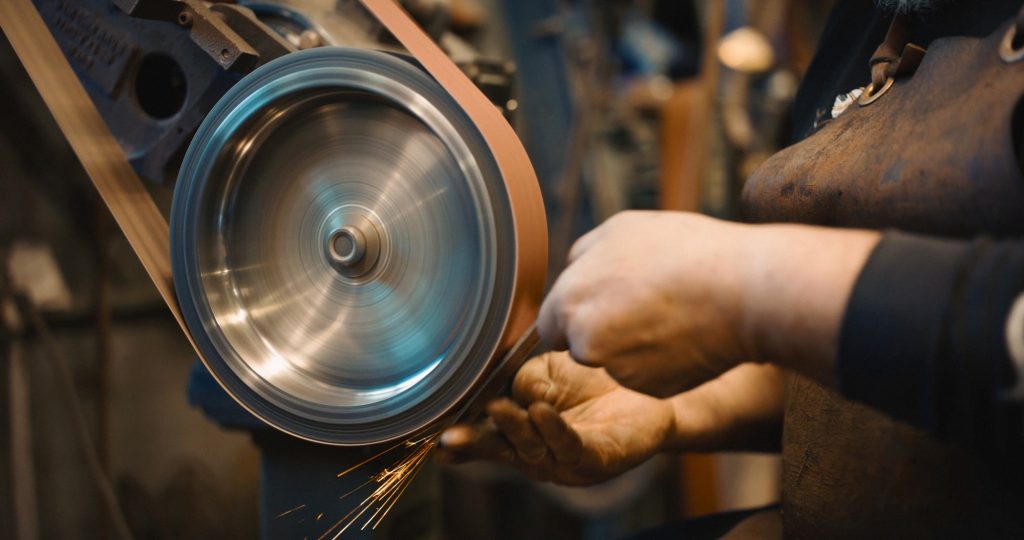Choosing the Correct Sanding Belt
Good quality custom sanding belts can take much of the effort out of metal and woodwork. Sanding belts allow you to sand and grind away layers to create a finished surface quickly and efficiently. That said, not all sanding belts work the same, and choosing the right one can be a challenge. The wrong sanding belt can end up damaging the material and lead to loss of resources and money. Therefore, here are some things to consider in order to choose the right sanding belt for the task in hand.
Common Types of Sanding Belt Machines
When looking at custom sanding belts, these are the most popular types:
- Hand Powered Belt Sanders – These machines use either electrical cords or batteries for power. They are great for small projects such as DIY projects or large domestic projects such as home renovations.
- Tube Belt Sanders – These use pulleys that allow the belt to move around a tube shaped surface. These are usually handheld machines that use mains electricity for power.
- Belt File Sanders – These use small, narrow sanding belts designed to fit in tight spaces and corners. These machines are usually handheld.
- Floor Belt Sanders – These are mobile standing machines for sanding wood that you need to push manually. These allow you to complete wood floor jobs quickly.
- Stationary Belt Grinders – These are stationary machines that you can bench mount or pedestal mount. These can use large or small belts for different tasks. These tend to be for the industrial sector.

Types of Sanding Belts
In addition to sanding belt machines, you should also consider the main types of custom sanding belts:
- Aluminium Oxide – One of the most popular belts for woodwork, aluminium oxide has a distinctive reddish brown colour. This belt is extremely durable and efficient in sanding wood and metal, and is also very affordable. You can use this belt for a wide range of applications making it a great all-rounder.
- Zirconia Alumina – Bluish in colour, these tough sanding belts are used for heavy grinding. They are five times stronger than aluminium oxide and are self-sharpening too. These need a heavy amount of force to sand surfaces so are best suited for hardwoods or for steel fabrication.
- Silicon Carbide – As this material is extremely sharp these belts can get the job done fast and with great efficiency. However, you need to keep in mind they are brittle and more likely to break. Therefore, they are great for sanding and polishing stone but not for high pressure grinding.
- Ceramic Grit – Like zirconia these belts are self-sharpening with the benefit of remaining cool when grinding. This makes them great for grinding heat sensitive materials. They are one of the most durable belts around making them ideal for a range of metalwork applications.
In addition, consider the grit size when using custom sanding belts. Low grit sizes are perfect for heavy jobs, while high grit sizes are best for finishing and polishing.
Kayson Green
At Kayson Green we have a wide range of sanding belts and rolls perfect for any application. To find out more about our wide range of abrasive tools visit us online or get in touch if you have any queries.